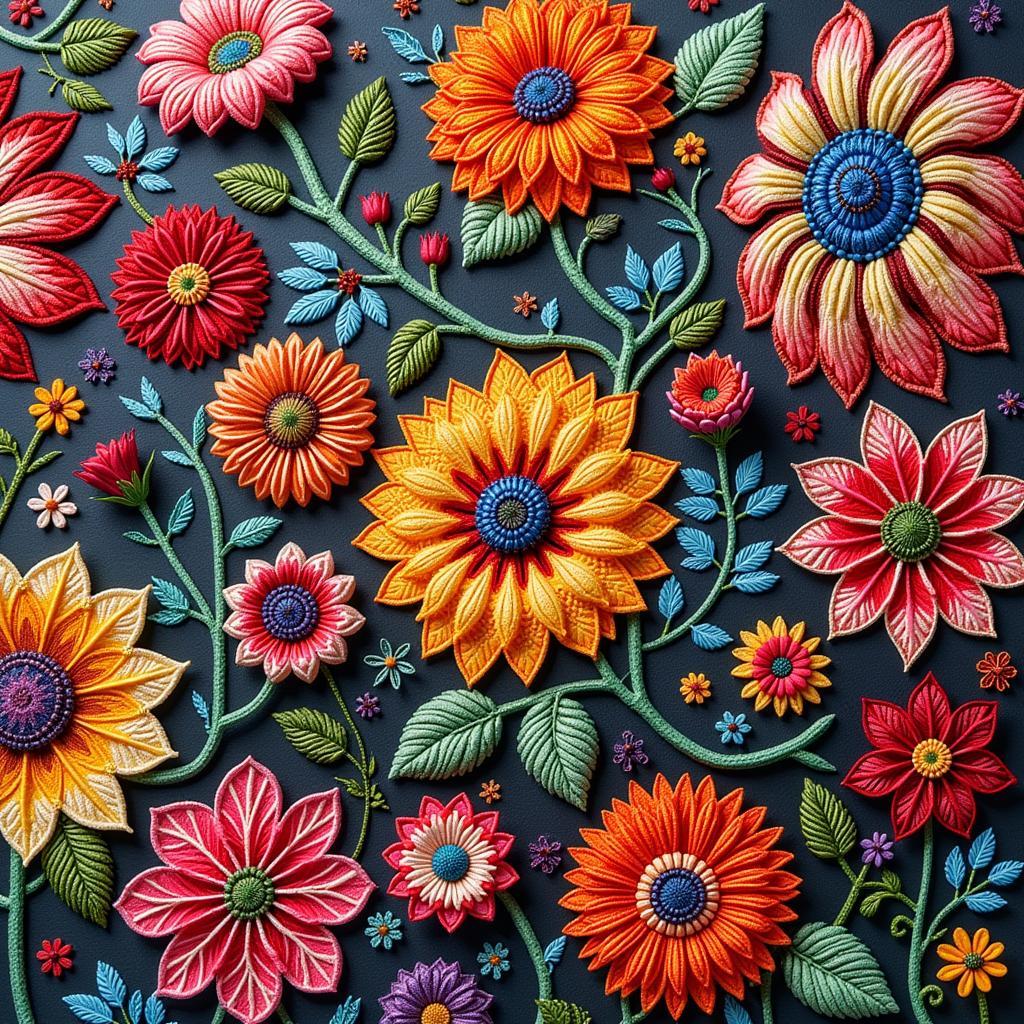The Art of Japanese Penis Honoring
The Art Of Japanese Penis Honoring, also known as phallism, has a rich and complex history, deeply intertwined with Shinto beliefs and folk traditions. It’s a subject that requires careful consideration and respectful exploration, moving beyond mere curiosity to understand its cultural significance.
Exploring the History of Japanese Penis Honoring
Phallic imagery has been present in Japan for centuries, appearing in various forms of art and rituals. From ancient fertility festivals to contemporary celebrations, the symbolism associated with the phallus has evolved, reflecting changing social and religious landscapes. Understanding this historical context is essential to grasping the multifaceted nature of Japanese penis honoring. It’s not simply about eroticism; it encompasses themes of fertility, prosperity, and good health.
From Ancient Rituals to Modern Festivals
Early forms of penis honoring in Japan were primarily linked to agricultural practices and ensuring a bountiful harvest. Farmers would erect phallic symbols in their fields, believing they would promote fertility and protect their crops. Over time, these practices evolved into festivals, like the Kanamara Matsuri and the Honden Matsuri, which continue to this day, albeit with varying degrees of overt phallic imagery. These festivals provide a window into the cultural significance of the phallus in Japan. They’re not merely spectacles but celebrations of life, renewal, and the cyclical nature of the universe.
The Symbolism of the Phallus in Japanese Culture
The phallus in Japanese culture is not solely associated with sexual potency; it symbolizes a wider range of concepts. It represents generative power, life force, and prosperity. This multifaceted symbolism is crucial to understanding its role in Japanese art and tradition.
Beyond Fertility: Understanding the Deeper Meaning
While fertility is a key aspect of phallic symbolism, it also encompasses broader themes like good health, protection against evil spirits, and even easy childbirth. The phallus is often seen as a potent symbol of life and vitality, capable of warding off negativity and promoting well-being. This deeper meaning explains the enduring presence of phallic imagery in various aspects of Japanese culture, from amulets and charms to religious icons and festival decorations.
The Kanamara Matsuri: A Celebration of Fertility and Good Health
The Kanamara Matsuri, often translated as the “Festival of the Steel Phallus,” is perhaps the most well-known example of Japanese penis honoring. Held annually in Kawasaki, this vibrant festival attracts thousands of visitors who come to celebrate fertility, pray for good health, and participate in the colorful processions and festivities.  Kanamara Matsuri: The Festival of the Steel Phallus The festival provides a unique opportunity to witness a centuries-old tradition firsthand.
Kanamara Matsuri: The Festival of the Steel Phallus The festival provides a unique opportunity to witness a centuries-old tradition firsthand.
The Significance of the Steel Phallus
The steel phallus at the heart of the Kanamara Matsuri is more than just a curious object; it’s a symbol of hope and resilience. Legend has it that the festival originated as a way to protect prostitutes from sexually transmitted diseases and to pray for fertility and easy childbirth. This story adds another layer of meaning to the festival and highlights the complex interplay between religion, folklore, and social practices in Japan.
Conclusion
The art of Japanese penis honoring is a complex and fascinating subject that requires nuanced understanding. It’s not simply about eroticism; it’s about celebrating life, fertility, and the interconnectedness of all things. By exploring the history, symbolism, and cultural context of this practice, we can gain a deeper appreciation for the richness and diversity of Japanese traditions. Remember to approach this subject with respect and sensitivity, acknowledging its cultural significance within the broader tapestry of Japanese beliefs and practices.
FAQ
-
What is the main purpose of Japanese penis honoring festivals? Primarily, these festivals celebrate fertility and prosperity, but also encompass broader themes of health and well-being.
-
Is the Kanamara Matsuri solely about sex? No. While phallic imagery is central, the festival’s meaning extends to broader themes of health, prosperity, and community.
-
Are these festivals considered offensive in Japan? No, they are generally seen as traditional celebrations with historical and cultural significance.
-
What is the significance of the steel phallus in the Kanamara Matsuri? It symbolizes hope, resilience, and protection against illness, historically linked to the concerns of prostitutes.
-
Where can I learn more about Japanese folk traditions? Many resources are available online and in libraries, including books, articles, and documentaries about Japanese culture and folklore.
-
Are there other festivals similar to the Kanamara Matsuri in Japan? Yes, the Honden Matsuri is another example, though its celebration of fertility is often less overt.
-
How should I behave as a visitor to these festivals? Approach with respect and sensitivity, being mindful of the cultural significance of the event.
Suggested further reading
- Other articles on our website about Japanese art and culture.
- Articles about Shinto beliefs and practices.
When you need assistance, please contact us:
Phone: 02462573573
Email: danteum@gmail.com
Address: Savico Megamall, 7-9 Đ. Nguyễn Văn Linh, Gia Thụy, Long Biên, Hà Nội 10000, Việt Nam.
We have a 24/7 customer service team.




